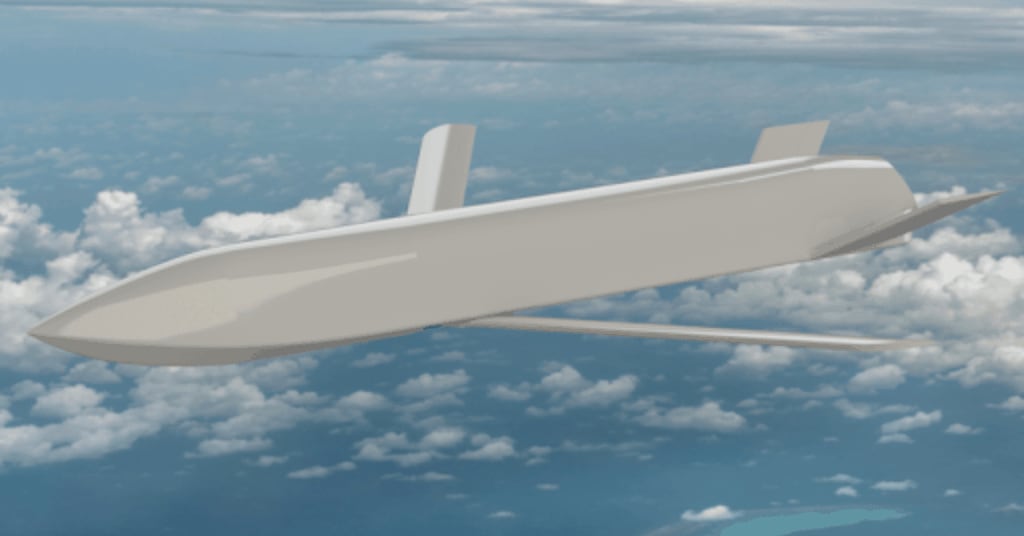
The Defense Department has selected four companies to develop prototypes of a modular drone that can be used to test payloads, sensors and other technology, and be produced at high rates at an affordable cost.
Anduril Industries, Integrated Solutions for Systems Inc., Leidos Dynetics, and Zone 5 Technologies will develop prototypes for the Enterprise Test Vehicle project, the Air Force Armament Directorate and Defense Innovation Unit announced Monday. More than 100 firms applied to take part in this program.
The prototypes should be ready for the first flight demonstration in late summer or fall, DIU and the Air Force said. After those demonstrations take place, DIU and the Air Force will pick at least one promising prototype to keep developing into a version that can be rapidly scaled into production.
“We are excited to partner with DIU,” Andrew Hunter, the Air Force’s assistant secretary for acquisition, technology and logistics, said in the release. “The ETV presents an opportunity to leverage promising ideas from industry to create and refine affordable designs for test capabilities that can be produced on a relevant timeline.”
Cassie Johnson, the ETV program manager for the Air Force Armament Directorate, said it was important to create more opportunities for non-traditional aerospace firms to meet the program’s cost, timeline, and production quantity goals.
ETV is intended to be a test vehicle designed using an open systems architecture approach, which can be updated with modular subsystems and then used to validate whether those new components work properly.
DIU said in a September 2023 solicitation that the system should have a range of 500 nautical miles, or 926 kilometers, and be able to deliver a kinetic payload.
DIU and the Air Force said Monday that vendors will minimize the use of expensive materials and instead use commercial off-the-shelf components as much as possible to hold down costs and keep supply chains flowing.
The ETV vendors also have to make sure the drones are not “over-engineered” for their mission, use modern manufacturing and design techniques, and be able to produce at a high rate that would not be possible with a more elaborate design.
DIU and the Air Force said that ETV will be able to be deployed in large numbers and using a variety of launch methods to “create an overwhelming dilemma for any defending adversary.”
ETV is expected to be used as part of the Pentagon’s ambitious Replicator program.
The Air Force Research Laboratory, U.S. Special Operations Command, Naval Air Systems Command, and U.S. Indo-Pacific Command are also collaborating on the ETV program or helping evaluate systems.
Jason Levin, senior vice president of Anduril’s air dominance and strike division, said in a statement that the company expects to be able to deliver an affordable, modular and capable prototype that can become the basis for large-scale production of future aircraft.
“Like all Anduril products, our ETV solution aims to deliver capabilities in years, not decades, filling critical capability gaps on a relevant timeline,” Levin said. “In this case, that means pioneering solutions to enable on-demand large-scale manufacturing to achieve affordable mass.”
Mark Miller, senior vice president for missile and aviation systems at Leidos Dynetics, said in an email to Defense News that the company’s proposed aircraft will be a “compelling offer” for the ETV project.
“Leidos’ ETV technology is the perfect merger of our strike systems expertise, as exemplified by the modular, affordable and network enabled GBU-69 Small Glide Munition, and our recent experience developing the air-launched, and air-recovered, X-61 Gremlins” drone, Miller said.
Statements from Integrated Solutions and Zone 5 were not immediately available.
Author: Stephen Losey
Source: DefenseNews



